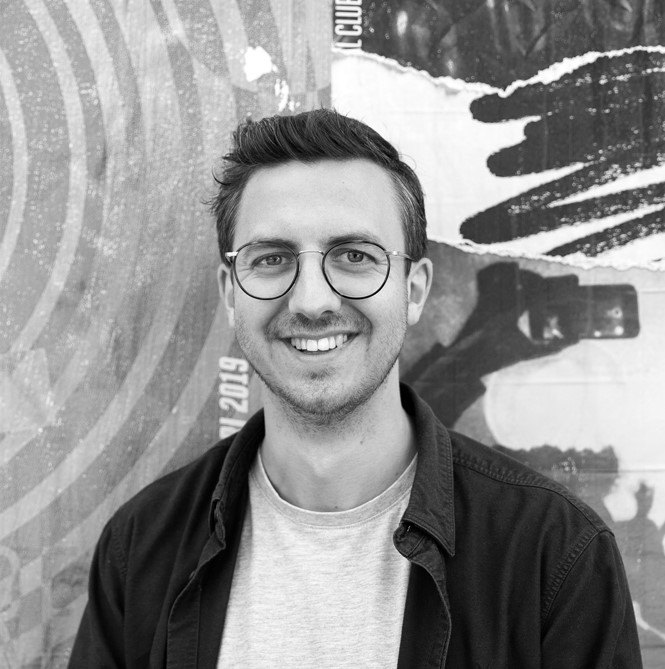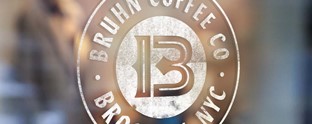Five minutes with Ryan Tym

Ryan Tym, director at design agency Lantern, speaks to Transform magazine about how placemaking changed during the pandemic and what it can be expected to look like in the future, and the types of sustainable and experience led travel trends for 2021.
What are the biggest placemaking and experience led travel trends for 2021? What role does sustainability play?
- In search of space: Due to the pandemic, people will be reluctant to travel to and relax in crowded environments for a while to come. There will be a greater desire to avoid busy capitals or landmarks in favour of off-the-beaten-path experiences and quieter locations, or nations with lower population densities.
- Thinking small: Travellers were seeking smaller nations and second cities prior to Covid and the pandemic will only accelerate that. Many people are done with the big sights and are curious to explore somewhere different.
- A focus on the journey: Flight shaming and the growing desire to reduce carbon footprints are leading to a rise in alternative travel and transport. We’ve seen a renaissance in overnight, cross-continent rail routes coming back to Europe, and a growth in things like campervan tours and bike packing – take Balkan Campers or The Slow Cyclist, for example.
- Moving from destination to experience: So much of our work recently has been about helping places reposition themselves from promoting locations and destinations to promoting the experiences they offer instead – as they target the key market of free independent travellers. Sustainability often sits at the heart of these experiences – from embracing the slow travel movement, to picking litter from Amsterdam’s canals on a boat tour with a difference, to foraging for your dinner to better understand local provenance.
- Responsible tourism: This is at the heart of all future destination strategy. Without this it will be impossible to sustain and preserve the culture and economic growth of a country and its inhabitants
How has placemaking and place branding changed with the pandemic? Will it ever go back to how it was before?
Despite the pandemic hitting the travel and tourism industry hard this year, it has provided an opportunity for people to shift their positioning and reinvent their purpose. It’s rare for a brand to be able to reset what it stands for, and even rarer for a place to be able to do that. Ischgl, the Austrian ski resort, is a pertinent example of this. It received damning super-spreader status in the early months of the Covid outbreak thanks to its hedonistic reputation. This forced operators to take stock and reset their positioning and audience. Ischgl was soon followed by places such as Prague and Cape Town, which announced similar shifts in position. There’s an opportunity for place-makers to kick-starting positive change in travel trends that will hopefully last for years to come. The pandemic has initiated a reset that requires long-term planning around what responsible and sustainable travel looks like.
These benefits include: reshaping and rebalancing tourism in favour of local residents, targeting fewer, more affluent visitors, who value sustainable travel and are prepared to pay more for it, and closer, cross-continent collaboration between European nations, resulting in better knowledge sharing.
What tools are you relying on to bring the spirit of a destination to communities and people when restrictions on travel are in place?
Brands like Airbnb and Culture Trip have been offering incredible virtual travel experiences for people over the past 12 months. For example, I learnt about penguin conservation in South Africa thanks to a penguin conservationist in Cape Town broadcasting into my living room in London. The encounter led to a longer-term relationship, which resulted recently in our branding their urban wildlife rescue organisation. Those happy moments of happenstance are still there to discover, even if we can’t get away right now. In terms of researching places without the opportunity to travel, there’s a wealth of material out there which already forms part of our process. Things like reviewing Mumsnet communities, reading local newspapers and listening to local radio all help to better connect you to a place.
How do you make each place-branding campaign unique to its own city and able to distinguish itself from others?
Put simply, this is done by doing your research – and lots of it. Our in-depth research process is designed to get under the skin of a place. This has seen us do everything from bogshoeing across the Estonian wilderness, to living in Cambridgeshire villages and playing pool with the locals, to holding brand workshops in a community centre in Kent – all for very different clients and very different projects, but with a real focus on authenticity.
Our place-branding approach is grounded by the mantra ‘embrace the truth’. It’s all too easy to present a stylised, aspirational version of a place in a brand story or identity, but the minute someone sets foot in that place, they are hit with the reality. Embracing the truth often means understanding and challenging existing perceptions of a place – no matter how negative they are. Often this is about taking a challenge an area faces and turning it into something sellable – whether its humorous, quirky, historical, entertaining or just totally unique. Everyone has different tastes, and you can really capture the spirit and character of a place in what conventionally might seem difficult and unsellable through the lens of traditional tourism.
What were the main challenges you faced when working on the Visit Estonia project? How did you reposition the small country as an experience-first destination?
Initially, the big challenge was getting under the skin of the place without visiting it due to travel restrictions. Fortunately, Estonia was already set up for working remotely. Not only does it have an innovative e-resident scheme, but it also has an incredibly useful brand website which gives access to a whole range of presentations, videos and branded assets, which really helped us to understand the nation from our desks. Thankfully, things opened up briefly during the summer of 2020 to enable us to try, first-hand, many of the travel experiences that Estonia has to offer – from bogshoeing through the wilderness, to relaxing in a smoke sauna, to tasting some of the best food on the planet.
Self-styled as Europe’s best-kept secret, Visit Estonia’s mission to encourage visitors by promoting specific destinations kept coming up against the same challenges. People hadn’t heard of them. Many people were unable to place Estonia on a map let alone the places within it. By working with them to focus on promoting their experiences rather than their destinations, we were able to create more emotive storytelling for the brand. From its long summer nights and surprising fifth season, to its centuries-old charm, to fostering tomorrow’s tech talent, Estonia has a spellbinding ability to flex its space and time so it’s tailored to you. Its compact size and effortless accessibility means whether you’re there for a weekend or for weeks, there’s simply more time to connect to the place and its people. That insight is what led to our new brand essence ‘It’s about time’.












